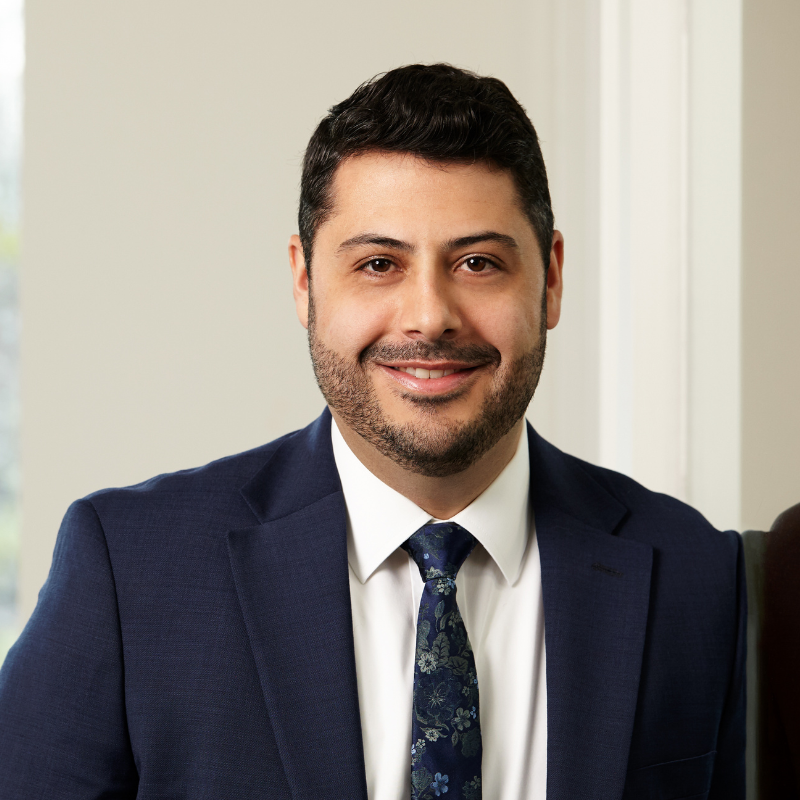Like many of us, you may remember starting a new job and being handed a stack of onboarding paperwork that consisted of tax forms, health insurance elections, direct deposit info, and somewhere in the mix, your 401(k) enrollment. At this time, you likely picked a contribution percentage and selected a few investment options, sometimes with little context or guidance. For you and many others, that might be the last time that those choices were reviewed or scrutinized.
This is also true for parents setting up 529 plans or other education-focused accounts for their kids. While retirement plans and education accounts are often designed to be simple and self-directed, letting them run on autopilot for too long can lead to missed opportunities, increased risk, or misalignment with your financial goals. There are several reasons that it’s important to periodically review the investment options in these accounts, even if you're not actively making changes
First, your investment allocation might need an adjustment as your life circumstances change. The mix of investments you chose when you first opened the account may no longer reflect your current time horizon, risk tolerance, or the existing market environment. For example, an allocation of 100% stock might not be appropriate if you’re about to retire and need to begin taking withdrawals from your retirement account to live.
Over time, different asset classes grow at different rates. Without rebalancing, your portfolio may become overweight in certain asset classes and sectors, which changes your risk exposure. For example, over the 10-year period ending in April 2025, the S&P 500 delivered a compound annual growth rate of 12.4%, compared to just 1.45% for the Bloomberg U.S. Aggregate Bond Index. Reviewing your accounts helps keep your asset allocation aligned with your long-term plan.
Plan administrators occasionally update the menu of investment choices. That means better-performing, lower-cost, or more diversified funds may now be available. A periodic review allows you to take advantage of those improvements and lower expenses. Even small differences in investment fees can add up over time. So, it’s important to periodically review the performance and expenses of the options in these plans.
For many of us, employer sponsored retirement accounts make up a significant portion of our overall portfolio. That’s why it makes sense to ensure these accounts are coordinated with your broader investment strategy and address any redundancy or overlap throughout your total portfolio. If you have multiple accounts across different providers, you may unknowingly hold similar investments in each one, which can lead to overconcentration in certain sectors, asset classes, or individual positions. Coordinating your investment strategy across all accounts helps improve diversification and risk management. Additionally, being mindful of how your assets are allocated across taxable and tax-deferred accounts can enhance tax efficiency and strengthen your long-term financial plan.
In recent years, target date funds have seen a dramatic increase in availability and use throughout retirement and 529 plans. While target date funds offer convenience, they aren’t without limitations. These funds are typically one-size-fits-all and base investment decisions on an expected retirement year or, in the case of 529 plans, an expected college enrollment year. They do not account for your full financial picture, such as outside assets, risk tolerance, or income needs. The way each fund shifts from growth to safety over time (known as the glide path) can vary quite a bit. Some transition to conservative investments too quickly, while others stay too aggressive later in life. Additionally, the underlying investments and fees can differ widely between providers. Overall, while convenient, the simplicity of target date funds can create a false sense of security, leading you to overlook the need to review your investment options.
Employer sponsored retirement plans and education accounts still require your attention and maintenance even if you’re not making regular contributions. A periodic review of the investment choices, risk exposure, fees, and coordination with your broader portfolio can help keep you on track. We're happy to review your current elections and provide guidance if you’d like a second opinion on your 401(k), 529 plan, or any other external account.

For informational and educational purposes only. Opinions are subject to change. Please consult with tax, legal, and financial advisors as your circumstances may be unique. Some laws and interpretations are subject to change.
Carnegie Investment Counsel (“Carnegie”) is a registered investment adviser with the Securities and Exchange Commission. Registration as an investment adviser does not imply a certain level of skill or training. For a more detailed discussion about Carnegie’s investment advisory services and fees, please view our Form ADV and Form CRS by visiting: https://adviserinfo.sec.gov/firm/summary/150488.
You may also visit our website at: https://www.carnegieinvest.com


